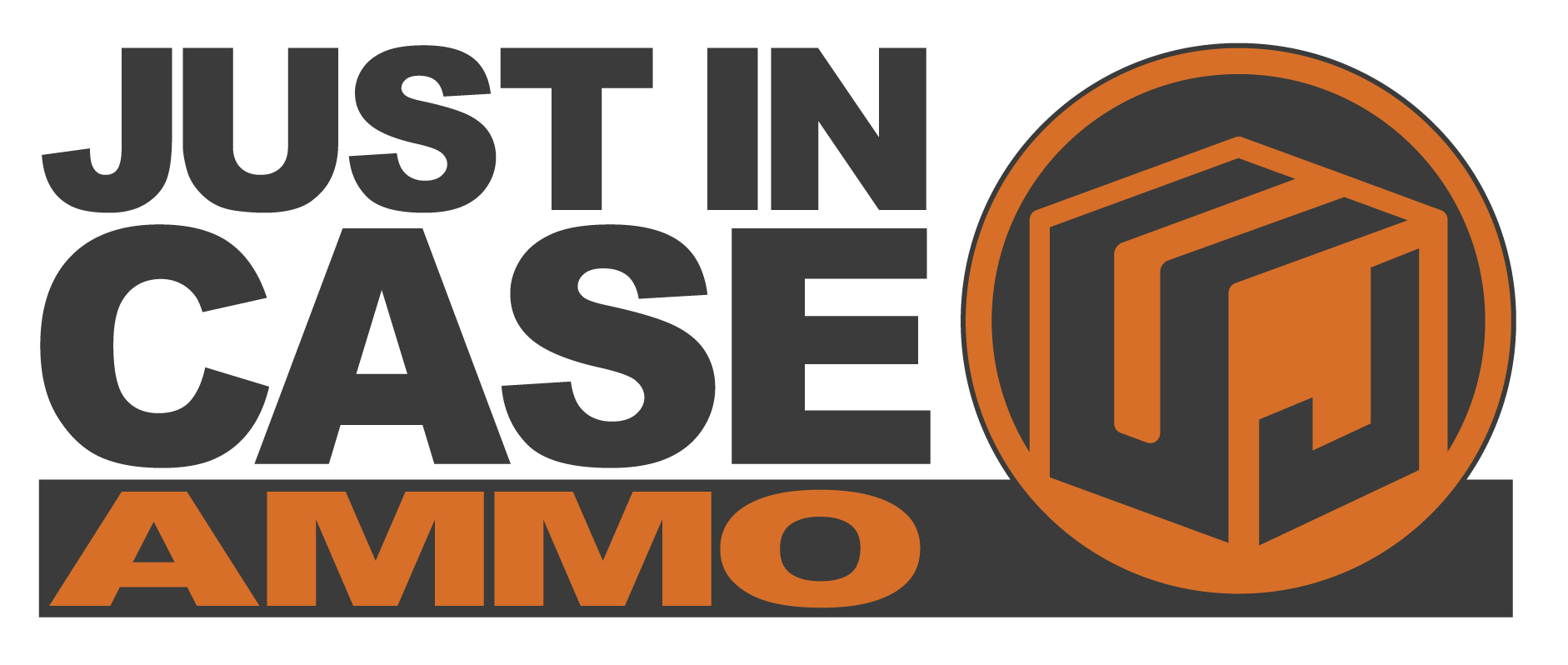How to determine which of these three options is best for you and your rifle
When it comes to selecting a close- to moderate-range optical sight for your carbine, whether it be a semi-auto, bolt action, or lever action, there are essentially three options.
There is a wide selection of red dot sights and LPVO (low power variable optics) and there are a few scout scopes to choose from.
Prismatic and holographic sights are also an option, but for our purposes here we will include them with the red dot sights.
Which is best for you and your carbine?
It will depend. Here’s a look at the strengths and weaknesses of each, and where they might best serve you.
LPVO: Great Versatility
The low powered variable optic is nothing more than a standard variable powered riflescope with a magnification range of from 1X to 4X, 6X, and even 8X.
Because of its short eye relief, the LPVO must be mounted close to your eye, thus limiting your peripheral vison when the carbine is on your shoulder and up on target.
However, the true 1X magnification allows for both-eyes-open-engagement, and at distance the higher magnification offers great target identification and resolution, superior to any of the other types of carbine sights.


Some LPVOs even have ballistic and/or first focal plane reticles, which can make hitting at distance easier.
LPVOs are very popular and are offered at every level of quality and price. Their main downside is size, they are the largest of the carbine compatible optics.
The LPVO is the most versatile of the carbine sights.
It will work on a lever gun and on a Scout Rifle, but if you want a backup sight with either, you’ll have to go with the traditional barrel mounted rear sight and quick-detach rings.
With an LPVO mounted on a semi-auto carbine you will generally have to forego the backup sight entirely.
However, you can mount a miniature reflex red dot sight above or out to the side of the LPVO as a backup.
Of all the carbine sights the LPVO is the heaviest but the tradeoff for that weight is a very good optical instrument that will allow you to see better at distance and in low light.
Red Dot Sights: Fast Target Acquisition
In the case of the miniature reflex sight, red dot sights can be very compact. And, as with the Leupold RDS, they can be nearly as large and heavy as a small riflescope.
With either, their main advantage is that they allow for fast target acquisition and for shooting with both eyes open.
They also provide unlimited eye relief with no parallax, so head positioning behind the sight is not critical.
Their downside is that they provide no magnification, which can make target acquisition and resolution at distance difficult.
An alternative to the red dot sight is the prismatic sight, which is often called a red dot sight.
With a prismatic sight you can have magnification which helps at distance, but with that comes a set eye relief.
Another alternative red dot-like sight is the non-magnifying holographic sight. It’s advantage is its extra-large sight window. Red dot sights of any design are not the best option for low light shooting without a light.


Red dot sights will work on any type of carbine, be it a scout rifle, a lever gun, or an AR. True red dot sights can be mounted to co-witness with backup sights, but the prismatic sight cannot.
If weight is your main concern, the miniature reflex red dot is the way to go.
For ruggedness, the conventional enclosed red dot sight is a solid performer.
If you like the idea of a LPVO but do not need or want the variable power option, the prismatic sight is a good alternative.
Like with the LPVO, the prismatic sight can also be fitted with a ballistic style reticle. So, too can the holographic style red dot sight.
The holo-sight, as they are often called, can also be co-witnessed and it is compatible with a magnifier.
However, a holo-sight and magnifier combination can get a bit heavy, in some cases heavier than an LPVO.
All of the red dot type sights are popular for, and a good fit on, a semi-auto carbine, and the miniature reflex versions are used on all types of firearms from handguns to shotguns and even on dangerous game rifles.
Scout Scopes: A Niche Option
Scout scopes are more like a traditional riflescope, but they have a much longer eye relief.
This allows them to be mounted forward of the rifle’s action. Because of this forward mounting and low profile, the scout scope allows for you to maximize your peripheral vision during engagements.
Some scout scopes have a fixed magnification of about 2.5X, this will allow for fast, both eyes open shooting at close range.
Also, even though the magnification is limited, it does help you see and resolve targets at distance. Some scout scopes are also variable powered scopes, generally offering 2X to 7X magnification.
This allows them to perform near and far. Unfortunately, due to their lack of popularity, most scout scopes are of low to medium optical quality.


Scout scopes are best suited to Scout Rifles or lever guns.
Because they are mounted forward of the action it makes it easy single load or clear a stoppage, it also makes it easy to carry the carbine at the balance point, and their mounting position allows for a backup aperture sight to be installed without interference from the optic.
With quick-detach rings you can use the aperture sight instantly. On a semi-auto carbine, the scout scope offers no advantage and cannot be co-witnessed with a set of traditional flip-up, backup sights.
They were made for Scout Rifles and that is where they provide the best service.






